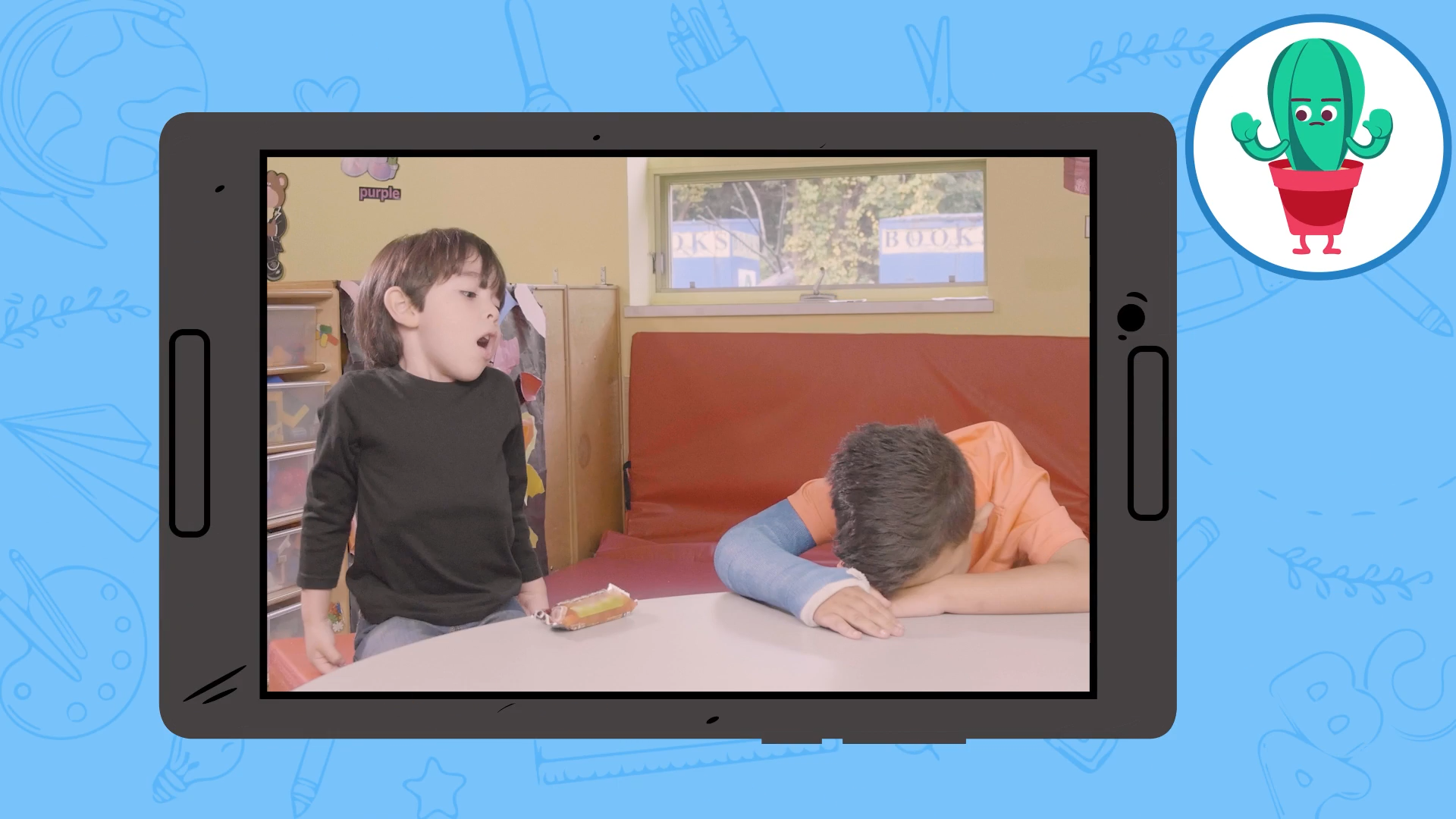Introduction
As educators, we often encounter students experiencing various emotions, including frustration or disappointment. Teaching students how to cope with these emotions is an essential part of their social-emotional learning journey. This blog post will discuss a no-prep activity to help students manage their feelings when they’re upset, along with discussion questions, related skills, and next steps to further their understanding and growth.
No-Prep Activity
The “Calm-Down Corner” is a simple, no-prep activity designed to help students regain control of their emotions when they’re upset. To set up the Calm-Down Corner, designate a quiet area in your classroom where students can go when they need a break or time to process their feelings. Here’s how it works:
- Introduce the Calm-Down Corner to your students and explain its purpose.
- Teach students the following coping strategies for when they’re upset: deep breaths, counting to ten, picturing something happy, and asking for a break.
- Encourage students to recognize when they’re upset and need a moment to regain their composure.
- Allow students to visit the Calm-Down Corner when needed, ensuring they understand it’s a place for reflection and self-regulation, not punishment.
Discussion Questions
- Why is it important to recognize and manage our emotions when we’re upset?
- How can using the Calm-Down Corner help you regain control of your emotions?
- What are some other strategies you can use to cope with your emotions when you’re upset?
- How does being upset affect our interactions with others?
- What can you do to support a friend or classmate who is feeling upset?
Related Skills
In addition to learning how to cope when they’re upset, students should develop other related skills to enhance their social-emotional learning. Some of these skills include:
- Empathy: Understanding and sharing the feelings of others.
- Active listening: Paying full attention to what others are saying and responding thoughtfully.
- Conflict resolution: Effectively addressing disagreements and finding solutions that work for everyone involved.
- Emotion regulation: Identifying and managing emotions in a healthy, constructive manner.
- Resilience: Bouncing back from setbacks and learning from challenges.
Next Steps
Teaching students how to cope when they’re upset is a crucial aspect of their social-emotional learning journey. To access free samples of skill-building materials, including activities, videos, and games related to coping strategies and other essential skills, we encourage you to visit Everyday Speech’s Sample Materials. By incorporating these resources into your classroom, you’ll help your students develop valuable skills that will benefit them throughout their lives.










